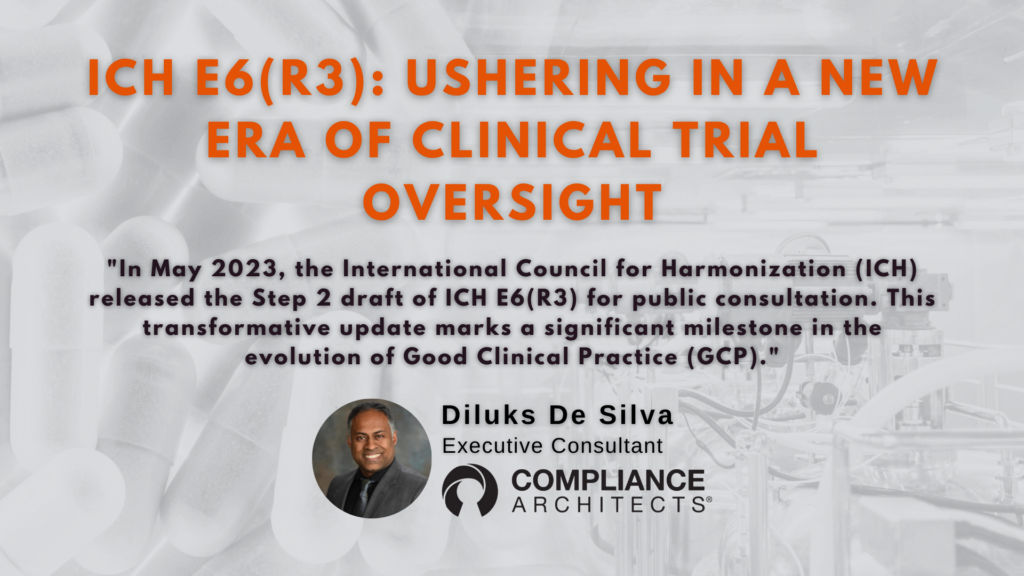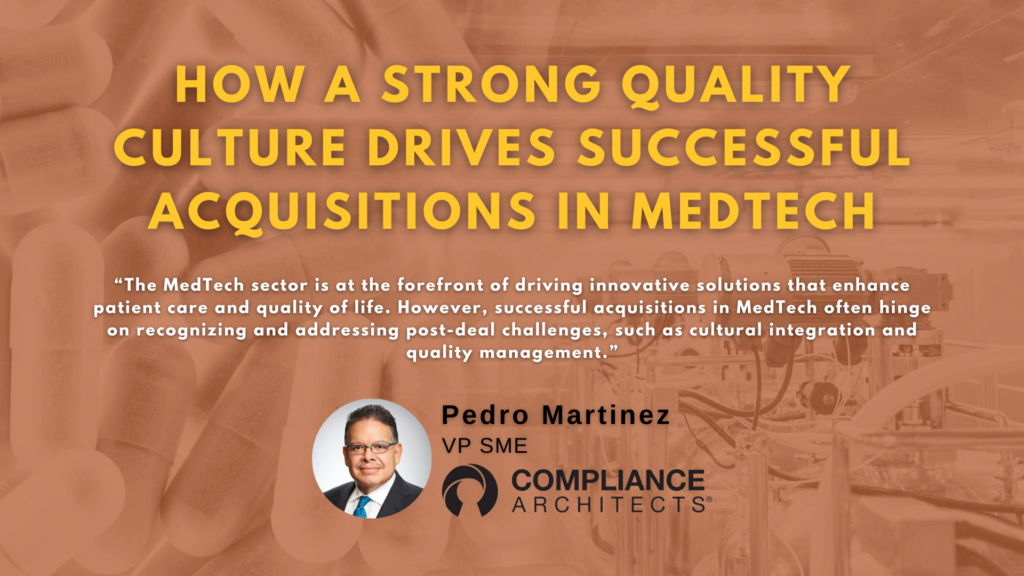The following article is taken from June 15th Webinar – “Create a Quality Culture data to Aid Risk Management: Dynamic Behaviors that Achieve Quality and Business Objectives”.
Table of Contents
Challenges of Weak or Ambiguous Quality Culture Data
Now let’s look at a third quality culture scenario, where you have a weak or ambiguous culture. Notice in this one that expressed values is a relatively low score, as is the underlying assumption. But you have very strong systems here, or at least operational systems.
This is a situation where your mission and vision, and values of the organization concerning quality are not differentiated. People are tentative. People are guarded. Some people call this fox-holing. You don’t want to stick your neck out. You don’t want to get it cut off, because you don’t know what the organization is going to value speaking up on a given instance.
This very often happens in a post-acquisition or a post-merger environment, where you have two companies that are trying to combine their cultures, and individuals operating in that that don’t know which culture is prevalent. And then they are afraid, in those cases. It can also happen where you have a change of senior operations or senior quality leadership. What’s the new leader bringing to the table?
So people are more reserved in expressing themselves. They don’t know what—they haven’t seen the new leader operate, so they don’t know what the underlying assumptions are. So they’re more reserved in those cases. Or the more toxic of these is where you have direct conflicts. You have the senior leaders, often who are well-established in their organizations, who have gravitas or have some degree of historical reputational power in the organization. That established individual is in direct conflict with another individual in the organization, so it causes people to go underground.
Consequences of Toxic Organizational Tipping Points
Independent of your structures and systems, this can be a very toxic situation. It creates a very significant organizational tipping point at which your risk and those inspectional product quality business risks become very significant in this case. This is a case that often leads, if it goes the wrong way on that tipping point, into warning letters and/or consent decrees.
I had a remediated decree in one of my prior lives, and had to deal with warning letters. This is often the scenario that would drive that. Not that it can’t be remediated. It is a very moderate to high degree of difficulty to remediate, and it requires having the difficult conversation and being willing to face up that, yes, I have this conflict. Or no, we haven’t done a great job of consolidating leadership in a merged company.
It has to be demonstrative leadership at the highest level over an extended period. You have to involve employees using some of Kotter’s methods to bring that guiding coalition forward on employee involvement, and have very clear communications that this is the way forward, and then walk the talk over an extended period.
The Pitfalls of “Not Walking the Talk” and the Importance of Governance
And then finally, the example of these quality culture scenarios is “not walking the talk.” This is one where you’ve got the posters on the wall that clearly show your expressed values, it’s just that people don’t believe what it says because they see something different. Or what is expected is not what’s rewarded. This is often seen where you have conflict.
We mentioned the other conflict before, where it was these scores were low on both of them. This is the case where you’re saying one thing but you’re not doing it. So you can have someone saying quality is important, but that conflict is resulting in it not being done, independent of how strong your systems are. That’s an example of decision authority or the role of the quality unit.
Teresa mentioned the role of the quality unit being particularly important in the FDA’s view, on the earlier slides. If you have conflicts between departments, and we talked about that in the previous slide, why is it schedule versus quality? That’s one where this is particularly sensitive.
And then governance and policy is an interesting one here, because governance and policy—governance is the assignment of responsibility of who makes the decisions and what circumstances. Policy is the guiding principles that direct you in those times of uncertainty, to where you’re doing things consistently under times of stress.
If you have an ambiguous policy that has so much wiggle room it doesn’t give you any guidance, you may say you have a policy, but the policy is so weak that you can’t enforce it, or it doesn’t add any value, or it doesn’t give you any guidance, useful guidance here. You have governance here of who makes the decisions. Or your governance is ambiguous, and it creates conflicts because who is deciding on this circumstance is not defined. So it results in conflict.
Governance can be your friend in those cases, knowing that under these circumstances, this organization, this role has the responsibility to make this decision. So those are some important roles around governance and policy that can set you up to succeed in those times of ambiguity.

Impact of Conflict on Quality, Compliance, and Regulatory Risk
This presents some real significant risks, not only product quality and delivery, and compliance because you have this conflict here. Daily, transactions may start to suffer. You may not get the actual batches out the door because that conflict is going to start rearing its head at that release decision.
It presents significant inspectional risk during a regulatory inspection, because once that action that’s subject to inspections, such as a deviation investigation or a CAPA report or a change control, once you start pulling those strings on a special piece and you start seeing that they’re tied together because things are not being done the way you say they’re going to be done, that escalates it into a much deeper level of regulatory risk.
In these cases, what’s particularly noteworthy about this one, and then I’m going to hand it over to Teresa, is that if you have strong systems and structures, particularly your QMS remediations, if you’re having this type of quality culture and you try to fix it by going in and doing systems and QMS remediations, you’re going to have marginal impact on improving the risk reduction. That is the crux of the FDA slide number one.
That you can repair these systems and structures, but if you have an unhealthy aspect of this expressed values underlying assumptions piece, it’s not going to impact your desired business outcomes. That’s the crux of all of this discussion.
Contact Us
To learn more about Compliance Architects and visualizing quality culture data, fill out the form below to contact us.




